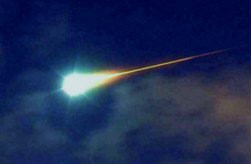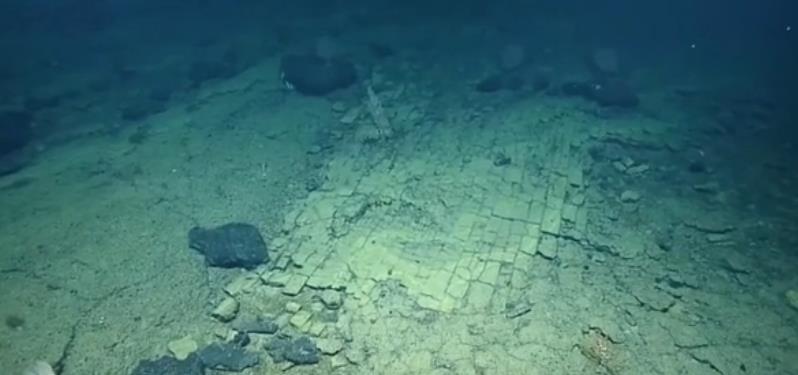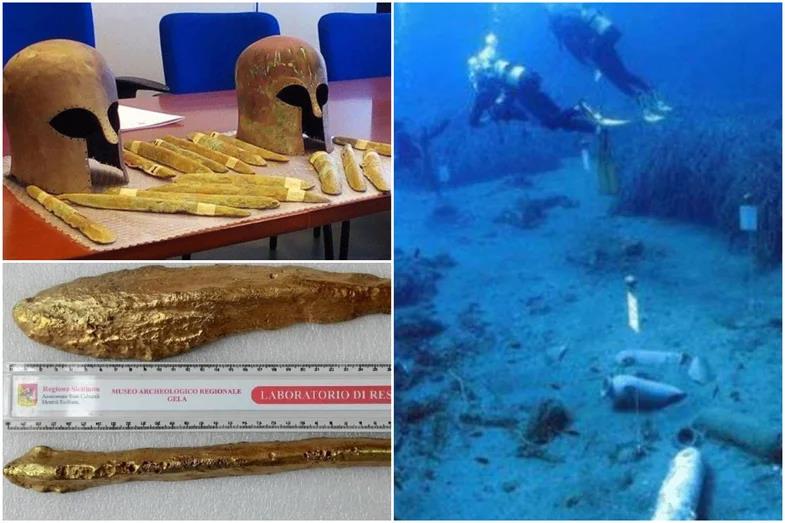




Looking After Your Finds - Reference

Identifying Minerals
Powered By Sispro1

[2-2]
Scientists discover metal from the 'lost city of Atlantis'
Pages 2-2
Metallurgy Menu
Copyright All Rights Reserved by Nigel G Wilcox E-Mail: ngwilcox100@gmail.com
Group Pages
Metals
Complimentary Topics
Designed by Nigel G Wilcox
The Paragon Of Metal Detecting
& Archaeology
& Archaeology
Who Own's the World's Gold?
Pages
Member NCMD
Reference Menu
Courtesy - Harriet Brewis 19.05.24 21:00 - Indy100
For example, Julius Caesar allegedly robbed 1,360kg (3,000lbs) of gold from the Roman Capitol, replacing it with orichalcum. And Emperor Vitellius did the same, regularly making the same switch after despoiling temples.
Still, this poor man’s gold was widely prized for its fiery beauty, with mentions made by the likes of Homer and Virgil.
One of the earliest mentions of the metal can be found in the Homeric Hymn to Aphrodite, which dates back to the 630s BCE.
Here, the goddess of love is described as hanging flowers of “copper from the mountains” from her ears.
In fact, “mountain copper” was another popular name for the metal, owing to its Greek etymology: oros, meaning “mountain”, and chalkos, meaning “copper” or “bronze".
Still, this poor man’s gold was widely prized for its fiery beauty, with mentions made by the likes of Homer and Virgil.
One of the earliest mentions of the metal can be found in the Homeric Hymn to Aphrodite, which dates back to the 630s BCE.
Here, the goddess of love is described as hanging flowers of “copper from the mountains” from her ears.
In fact, “mountain copper” was another popular name for the metal, owing to its Greek etymology: oros, meaning “mountain”, and chalkos, meaning “copper” or “bronze".
So what ever happened to orichalcum?
Orichalcum was most commonly used in the minting of Roman coins, with the metal used in a number of different denominations.
However, during Emperor Nero’s reign, there was reportedly a decrease in the quantity of zinc found in these coins.
This was most likely the result of zinc minerals becoming harder to come by and more expensive to procure. Pliny the Elder allegedly stated that orichalcum eventually lost its value due to the mines becoming empty, World History Encyclopedia notes.
Orichalcum was most commonly used in the minting of Roman coins, with the metal used in a number of different denominations.
However, during Emperor Nero’s reign, there was reportedly a decrease in the quantity of zinc found in these coins.
This was most likely the result of zinc minerals becoming harder to come by and more expensive to procure. Pliny the Elder allegedly stated that orichalcum eventually lost its value due to the mines becoming empty, World History Encyclopedia notes.

An orichalcum sestertius coint, minted during the reign of Nero ((Classical Numismatic Group))
© Provided by Indy 100
© Provided by Indy 100
Furthermore, increasing amounts of lead and tin found in orichalcum coins minted after the reign of Nero suggest that scrap bronze was being added to the manufacturing process.
This meant that, by the time Commodus was named emperor of Rome, most of the previously orichalcum coins were now struck in bronze.
By the time Publius Helvius Pertinax succeeded Commodus, orichalcum had almost completely disappeared from coin manufacturing.
Will orichalcum one day lead us to Atlantis?
The discovery of the orichalcum ingots off the coast of Sicily left many to believe that the remnants of Atlantis could be in reach.
But so far, those cigar-shaped bars are all hopefuls have to show for the theory.
This meant that, by the time Commodus was named emperor of Rome, most of the previously orichalcum coins were now struck in bronze.
By the time Publius Helvius Pertinax succeeded Commodus, orichalcum had almost completely disappeared from coin manufacturing.
Will orichalcum one day lead us to Atlantis?
The discovery of the orichalcum ingots off the coast of Sicily left many to believe that the remnants of Atlantis could be in reach.
But so far, those cigar-shaped bars are all hopefuls have to show for the theory.

The Yellow Brick Road to Atlantis

Scientists discover metal from the 'lost city of Atlantis'
Scientists unearth 'lost metal of Atlantis' off the coast of Sicily
Scientists unearth 'lost metal of Atlantis' off the coast of Sicily
Orichalcum




















